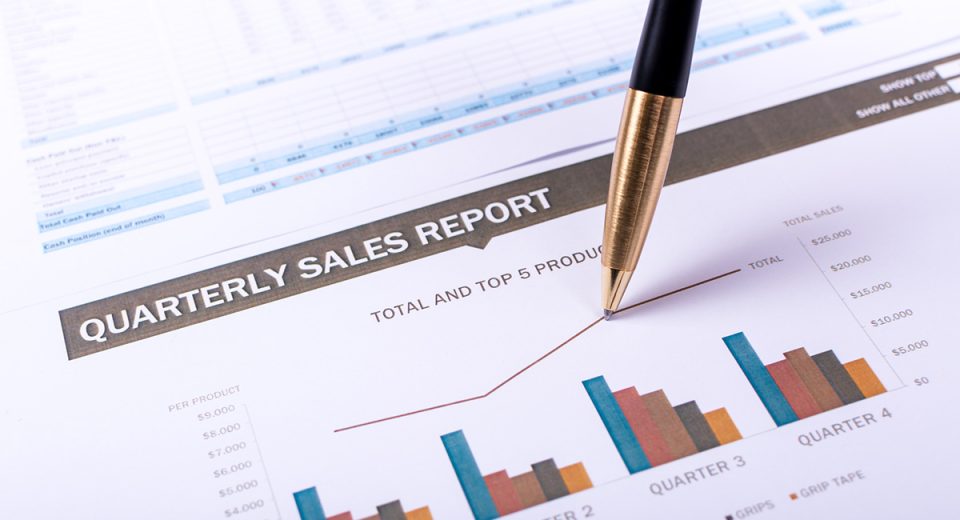Warren Buffett’s Top 2025 Picks for Index Trading

Trading stocks requires thorough assessment of a company’s fundamentals and technical analysis to determine the entry and exit points. This could be overwhelming for individual traders. But checking out what the most successful traders recommend can also help. What if you could learn from Warren Buffett himself? Berkshire Hathaway’s 13F filings offer insights for retail traders for trading indices.
Indices are made up of a bundle of stocks that represent the performance of a specific sector or market. The movement of stock prices determine the direction and magnitude of an index. Which is why the price changes of individual stock prices contribute to the general market trend reflected by the index. Read on to find out how Buffet’s stock portfolio can help inform the decisions made by index traders.
A Look at Warren Buffett’s Top Stock Holdings
A company’s quarterly report on major holdings and rotations can offer insights into what goes on in the minds of leading investors. The report, called the 13F filing, details the portfolio of the company. The Q2 2025 13F filing from Berkshire Hathaway shows which stocks Warren Buffet expects to decline, which could maintain momentum, and which ones could surge.
Apple (AAPL)
Berkshire Hathaway has reduced its Apple holdings down to nearly two-thirds of the Q3 2023 level. In Q2 2025, the company sold 20 million AAPL shares. That could have been expected as Apple seems to be falling behind in the AI race. Most importantly, the sale shows that successful investors rebalance their portfolios regularly.
Bank of America (BAC)
Berkshire Hathaway sold 39% of its BAC shares in Q2 2025. Even with the sale, the bank remains a significant investment for Buffet’s company. This could be due to potential monetary easing, which would lower the bank’s interest rate income.
American Express (AXP) & Coca-Cola (KO)
American Express has been a part of Berkshire Hathaway’s portfolio since the 1990s and Coca-Cola since the 1980s. Warren Buffet hasn’t sold a single share of these stocks, emphasising his belief in the strong fundamentals and long-term brand value.
Chevron (CVX)
Chevron is one energy company Berkshire Hathaway has been increasing its stake in since 2024. In Q2 2025, the conglomerate bought even more shares. The fact that it adds to an already large position highlights that the attractiveness of the energy sector is growing.
Heico (HEI)
Buffett added to his stake in the aerospace and electronics company in Q2 2025, after first establishing the position in Q2 2024.
What These Moves Teach Us
- Diversification is key to building a strong portfolio.
- Staying updated with each company’s R&D as well as performance helps make informed choices.
- Portfolio rotation is necessary to maintain optimal performance.
- It is a good idea to start getting early exposure to emerging sectors with growth potential.
Trading Indices with Lessons from Warren Buffett
Don’t forget that Warren Buffett has a huge team equipped with top-of-the-line technologies to crunch numbers and predict trends. Analysing so much information can be overwhelming for individual traders.
However, you could trade indices heavy in well-performing and growing sectors to gain exposure to potentially high-yielding assets. You could explore indices that give greater weight to companies Berkshire Hathaway trusts. There are more benefits to trading indices over individual stocks.
Index trading offers broader exposure to the stock market. This significantly lowers the effort required to identify suitable stock trading opportunities. You don’t have to pick each company separately. Instead, you gain exposure across sectors and companies with a single trade.
For instance, the S&P 500 tracks the performance of 500 of the largest companies listed on US stock exchanges. It is considered the bellwether for the US stock market. As of September 2025, the S&P 500 has risen nearly 11% year-to-date. The Nasdaq is a tech-heavy index, composed mostly of growth companies. The Nasdaq 100 includes the 100 largest non-financial companies on the Nasdaq exchange. As of September 2025, the Nasdaq 100 risen about 13.3% year-to-date. The index’s performance remained positive, despite Apple, a company with a significant portion in the index, declining by nearly 5% year-to-date. Other tech leaders, such as Nvidia, Microsoft, Meta, etc., have driven the performance of the index.
Different parts of the market can behave in different ways and trading indices lowers the risk of unfavourable movements of individual stocks.
Strategies for Trading Indices
Index trading is different from long-term investing, which is what Buffet does. Traders aim to explore opportunities that arise from price volatility in the short term.
Trend Trading
In trend trading, you identify the direction the market is moving in. For example, if an index is moving down, you would look to sell. You may enter at a retracement. The goal is to ride the momentum of the market. Did you know that with derivative instruments, such as CFDs, you could ride a downtrend as easily as an uptrend?
Candlestick patterns, such as the rising three (in bull markets) or the falling three (in bear markets), and spinning top/bottom, can be useful for trend trading.
Reversal Trading
Here, you begin by identifying support or resistance levels. These are the potential reversal price points. Usually, the trend reverses when the price bounces off one of these levels. The goal is to enter early and take advantage of the reversal.
Some of the popular candlestick patterns that may aid reversal trading are the head and shoulders and inverse head and shoulders, hammer or hanging man, and bullish/bearish engulfing patterns.
To Sum Up
- The investing approaches of market heavy weights can offer lessons for retail traders.
- Berkshire Hathaway’s 13F report offers insights into Warren Buffett’s investing strategy.
- Traders can explore opportunities in stock markets by trading indices.
- Trend trading and reversal trading are popular index trading strategies.
Disclaimer:
All data, information and materials are published and provided “as is” solely for informational purposes only, and is not intended nor should be considered, in any way, as investment advice, recommendations, and/or suggestions for performing any actions with financial instruments. The information and opinions presented do not take into account any particular individual’s investment objectives, financial situation or needs, and hence does not constitute as an advice or a recommendation with respect to any investment product. All investors should seek advice from certified financial advisors based on their unique situation before making any investment decisions in accordance to their personal risk appetite. Blackwell Global endeavours to ensure that the information provided is complete and correct, but make no representation as to the actuality, accuracy or completeness of the information. Information, data and opinions may change without notice and Blackwell Global is not obliged to update on the changes. The opinions and views expressed are solely those of the authors and analysts and do not necessarily represent that of Blackwell Global or its management, shareholders, and affiliates. Any projections or views of the market provided may not prove to be accurate. Past performance is not necessarily an indicative of future performance. Blackwell Global assumes no liability for any loss arising directly or indirectly from use of or reliance on such information here in contained. Reproduction of this information, in whole or in part, is not permitted.




